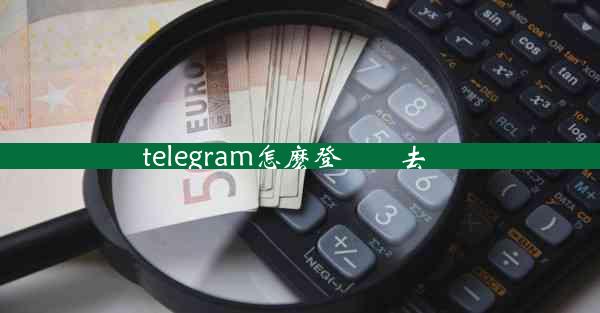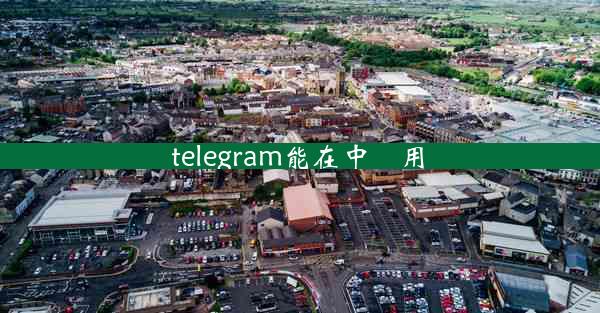leaves是什么意思英语-leave什么意思英文
 telegram中文版
telegram中文版
硬件:Windows系统 版本:11.1.1.22 大小:9.75MB 语言:简体中文 评分: 发布:2020-02-05 更新:2024-11-08 厂商:telegram中文版
 telegram安卓版
telegram安卓版
硬件:安卓系统 版本:122.0.3.464 大小:187.94MB 厂商:telegram 发布:2022-03-29 更新:2024-10-30
 telegram ios苹果版
telegram ios苹果版
硬件:苹果系统 版本:130.0.6723.37 大小:207.1 MB 厂商:Google LLC 发布:2020-04-03 更新:2024-06-12
跳转至官网

Introduction to Leaves and Leave
In the English language, the words leaves and leave are homophones, meaning they sound the same but have different meanings and spellings. Understanding the distinction between these two words is crucial for effective communication and comprehension.
What is Leaves?
Leaves is the plural form of the noun leaf. A leaf is a thin, flat structure found in plants that typically has a green color due to the presence of chlorophyll. Leaves are essential for photosynthesis, the process by which plants convert sunlight into energy. They are also a key feature of the plant's structure, providing support and enabling the plant to absorb carbon dioxide and release oxygen.
Types of Leaves
Leaves come in various shapes, sizes, and textures. Some leaves are broad and flat, while others are narrow and elongated. Some plants have compound leaves, which consist of multiple leaflets attached to a central stem. The arrangement of leaves on a stem can also vary, with some plants having alternate leaves (one leaf per node) and others having opposite leaves (two leaves per node).
Functions of Leaves
Leaves play several vital roles in the life of a plant. They are responsible for the absorption of sunlight, which is used in photosynthesis to produce glucose and oxygen. Additionally, leaves help regulate the plant's temperature by transpiration, the process of water vapor escaping through the stomata in the leaf surface. Leaves also contribute to the plant's structural integrity and can protect the plant from environmental stresses.
What is Leave?
Leave is a verb that has multiple meanings and uses in the English language. It can refer to the act of departing from a place, as in I will leave for work at 8 AM. It can also mean to allow something to remain behind, as in Please leave the door unlocked. Additionally, leave can be used to express permission or authorization, as in You have my leave to go on vacation.\
Verbal Uses of Leave
When used as a verb, leave can be followed by various prepositions to indicate different actions. For example:
- Leave for indicates the act of going to a place, as in I will leave for the airport.\
- Leave behind means to forget or omit something, as in Don't leave your wallet behind.\
- Leave to can mean to give permission or authority to someone, as in The teacher left the students to work on their projects.\
Written Uses of Leave
In written contexts, leave can also be used as a noun, referring to a period of absence from work or school. For example, I am taking a leave of absence from my job to travel. It can also be used as a noun to refer to a document granting permission, as in He received a leave of absence from the company.\
Common Confusions
Despite their homophonic nature, leaves and leave are often confused in both spoken and written English. Common mistakes include using leave when leaves is intended, such as saying I will leave the leaves on the ground instead of I will leave the leaves on the ground. It's important to pay attention to the context and the part of speech to avoid such errors.
Conclusion
Understanding the difference between leaves and leave is essential for clear communication in English. Leaves refers to the green, flat structures found on plants, while leave is a verb that can mean to depart, omit, or grant permission. By recognizing the distinct meanings and uses of these words, you can enhance your language skills and avoid common misunderstandings.












